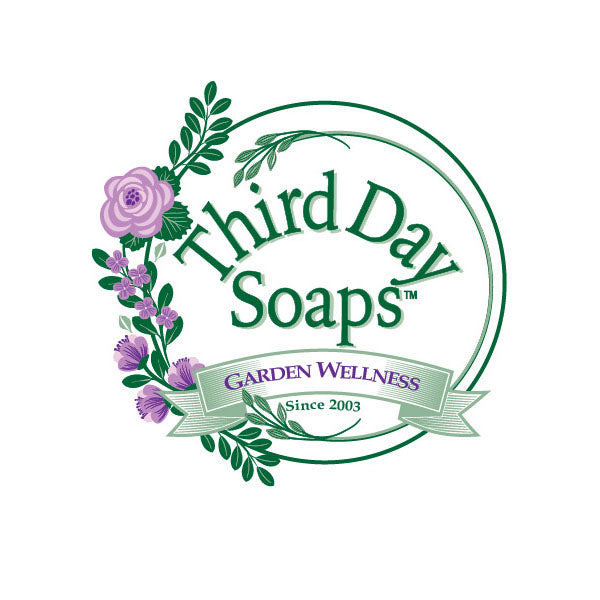Understanding Botanicals in Soapmaking
Botanicals play a significant role in natural soapmaking, offering skin benefits, color, texture, and aromatic properties. Whether used in cold process, hot process, or melt-and-pour soaps, botanicals enhance the appeal and functionality of handmade soaps.

Types of Botanicals Used in Soapmaking
-
Herbs & Flowers
-
Lavender – Soothing, anti-inflammatory, and adds a mild exfoliating texture.
-
Calendula – Gentle on the skin, ideal for sensitive and dry skin.
-
Chamomile – Calming, anti-inflammatory, and enhances skin healing.
-
Rose Petals – Astringent properties and add a luxurious feel.
-
Nettle Leaf – Rich in vitamins, helps with irritated skin conditions.
- Sphilanthes- Botox influencing properties
-
-
Plant-Based Colorants
-
Alkanet Root – Gives a deep purple to reddish hue.
-
Annatto Seed – Provides shades of yellow to orange.
-
Turmeric – Offers a golden hue and has anti-inflammatory properties.
-
Spirulina – Gives a natural green color and is rich in antioxidants.
-
-
Exfoliants
-
Ground Oatmeal – Gentle exfoliant, soothing for dry and itchy skin.
-
Poppy Seeds – Provides medium exfoliation.
-
Coffee Grounds – Excellent for deep exfoliation and stimulating circulation.
-
Cornmeal – Adds a fine scrubbing effect, ideal for rough skin areas.
-
-
Infused Oils & Butters
-
Rosehip-infused Oil – High in vitamin C, helps with skin regeneration.
-
Chamomile-infused Olive Oil – Soothing and anti-inflammatory.
-
Lavender-infused Coconut Oil – Adds a mild floral aroma and skin-calming effects.
-
-
Essential Oils for Aroma & Benefits
-
Tea Tree – Antibacterial, antifungal, great for acne-prone skin.
-
Lemongrass – Refreshing, astringent, and helps tighten skin.
-
Eucalyptus – Antiseptic, cooling, and invigorating.
-
Ylang-Ylang – Floral, calming, and beneficial for dry skin.
-
Using Botanicals in Soapmaking
-
Infused Oils: Steep dried botanicals in carrier oils for several weeks to extract their beneficial properties.
-
Herbal Teas: Replace distilled water with strong herbal teas for additional benefits.
-
Powdered Botanicals: Blend finely ground botanicals into the soap mixture for color and mild exfoliation.
-
Decorative Toppings: Sprinkle dried flowers or herbs on top of the soap for a natural, aesthetic finish.
Tips for Best Results
-
Use dried botanicals to prevent mold and bacterial growth.
-
Test botanical powders in small batches to ensure they don’t morph into unexpected colors.
-
Some botanicals (e.g., rose petals, hibiscus) may turn brown in soap, so use them strategically.
-
Store botanical-infused soaps in a cool, dry place to preserve their natural properties.
- WEBSITE: https://www.Thirddaysoapsgarden.com

